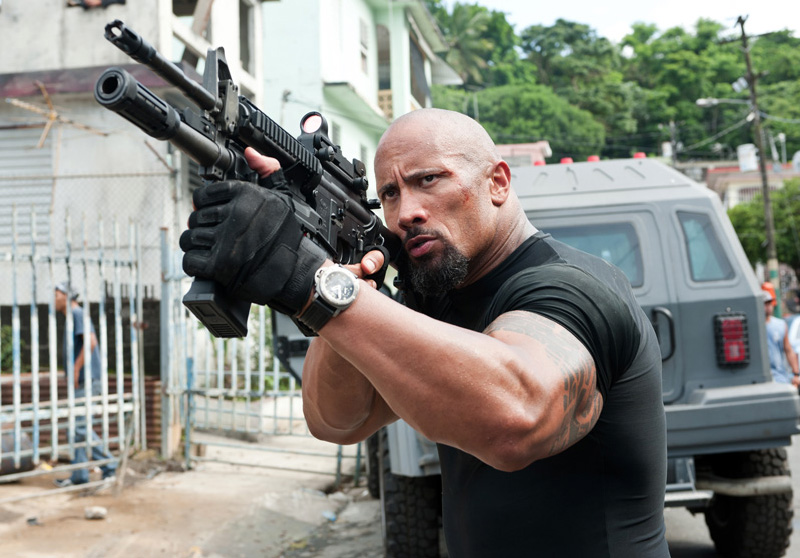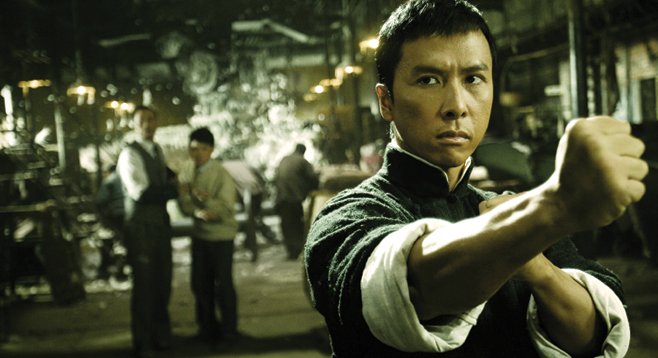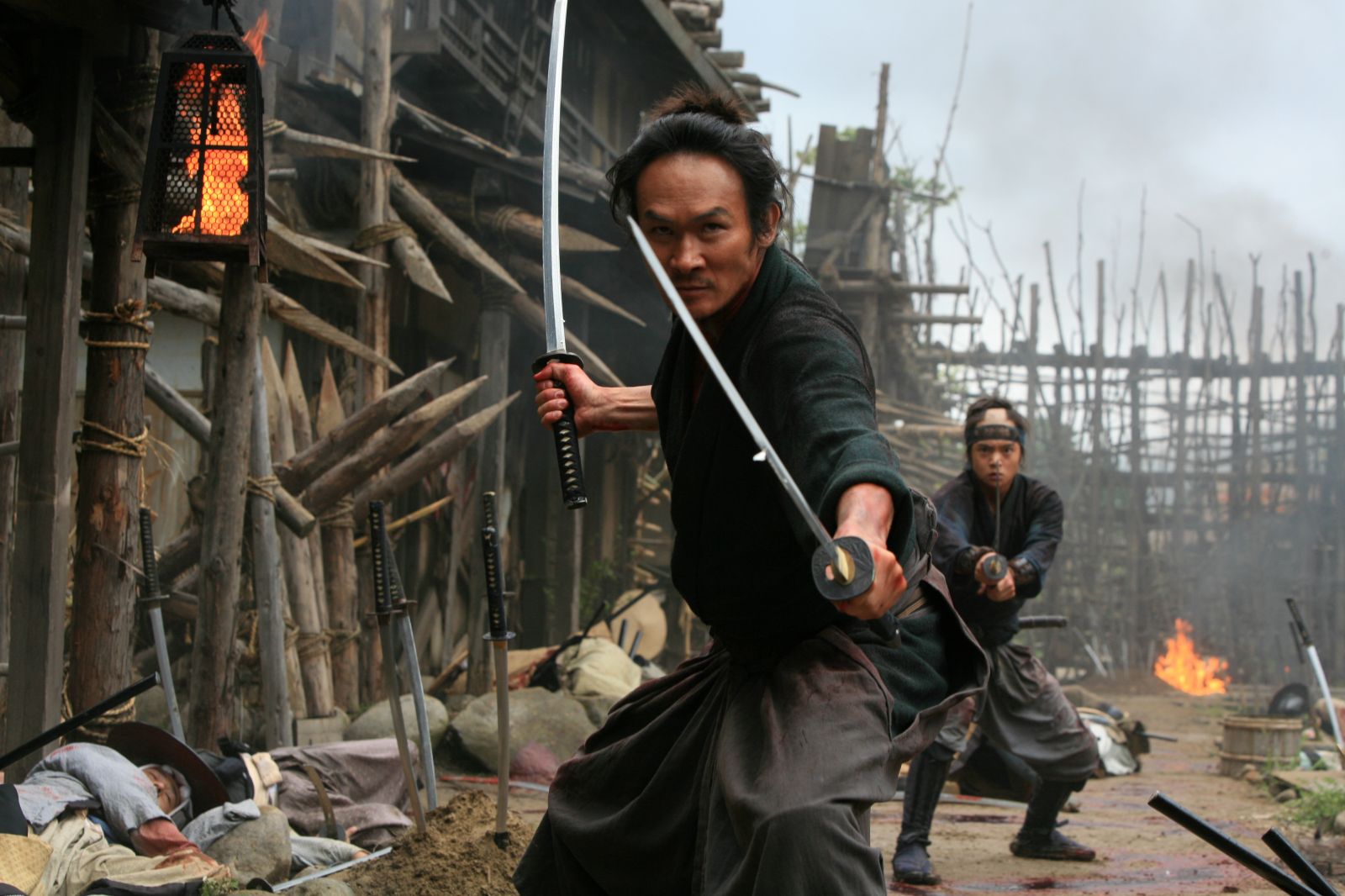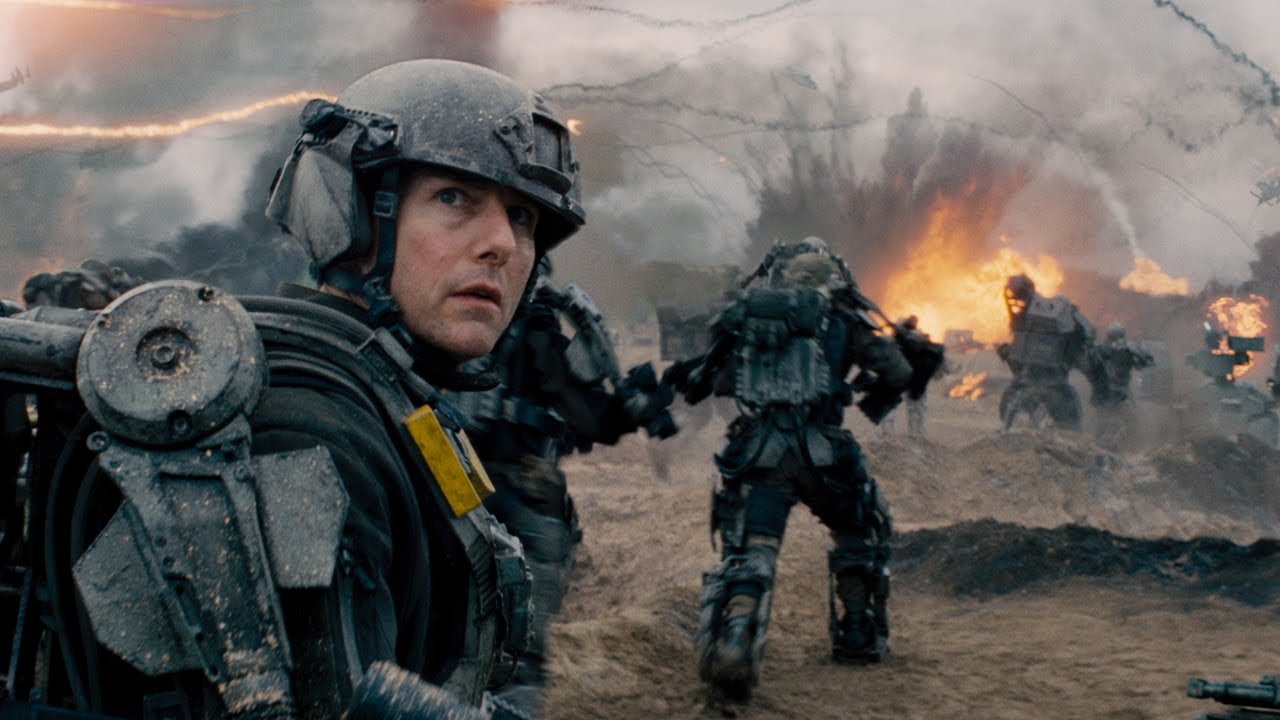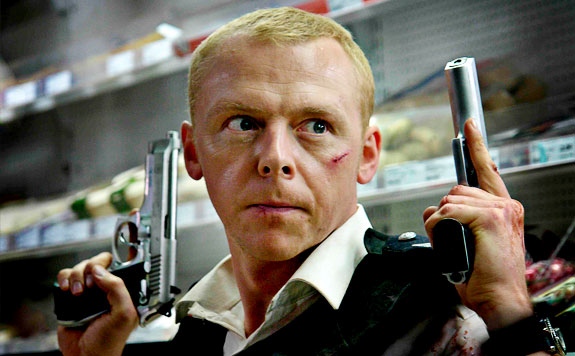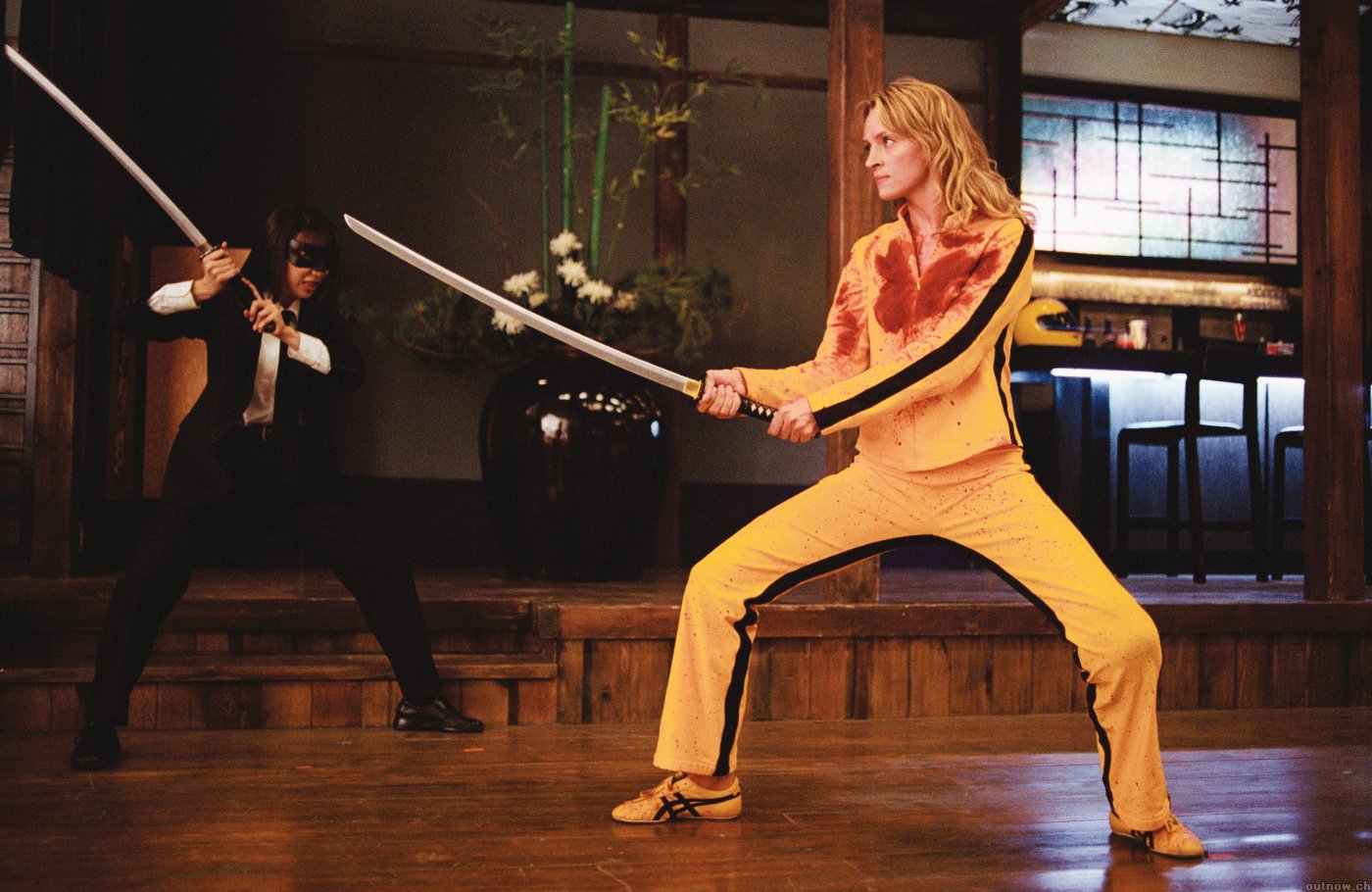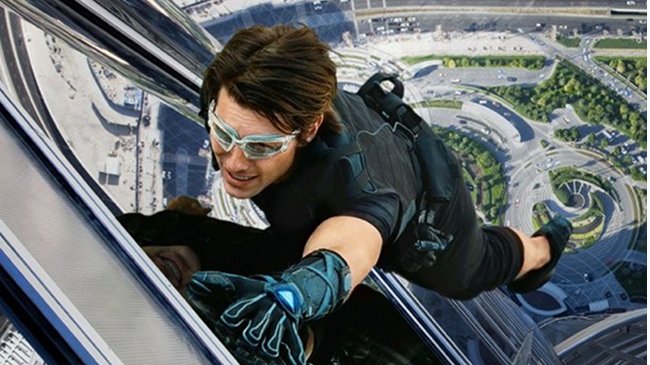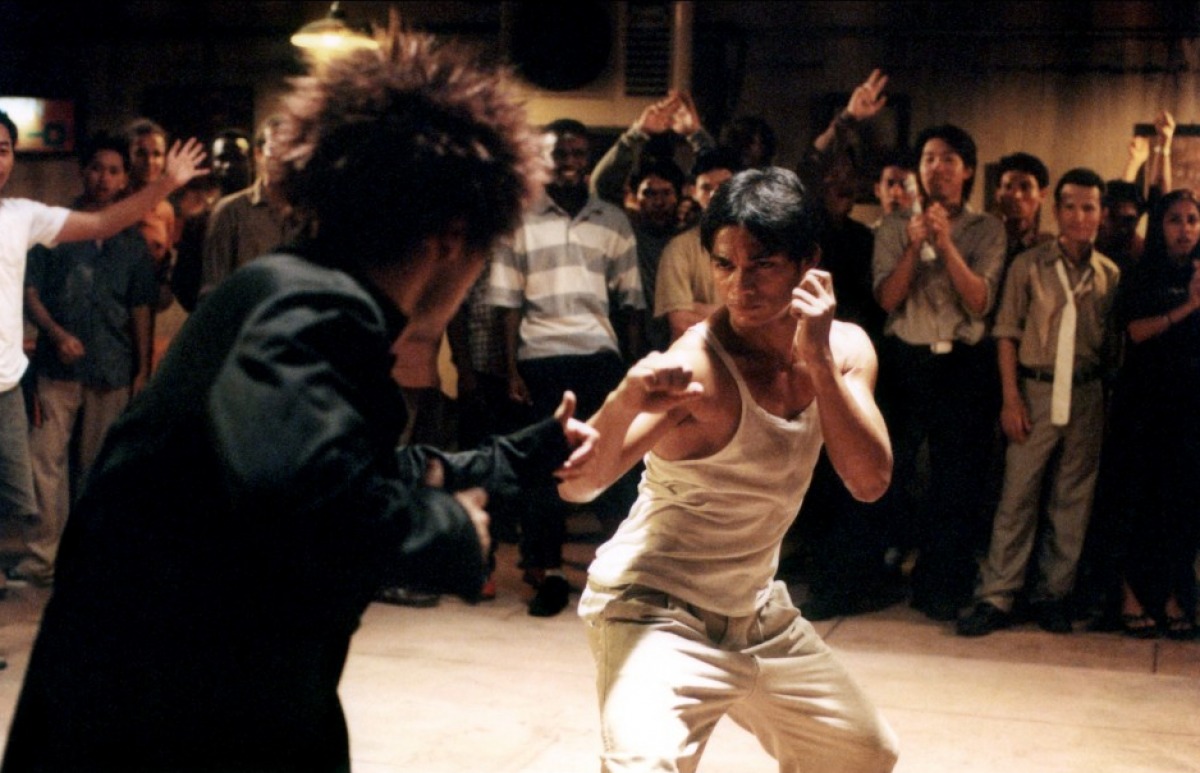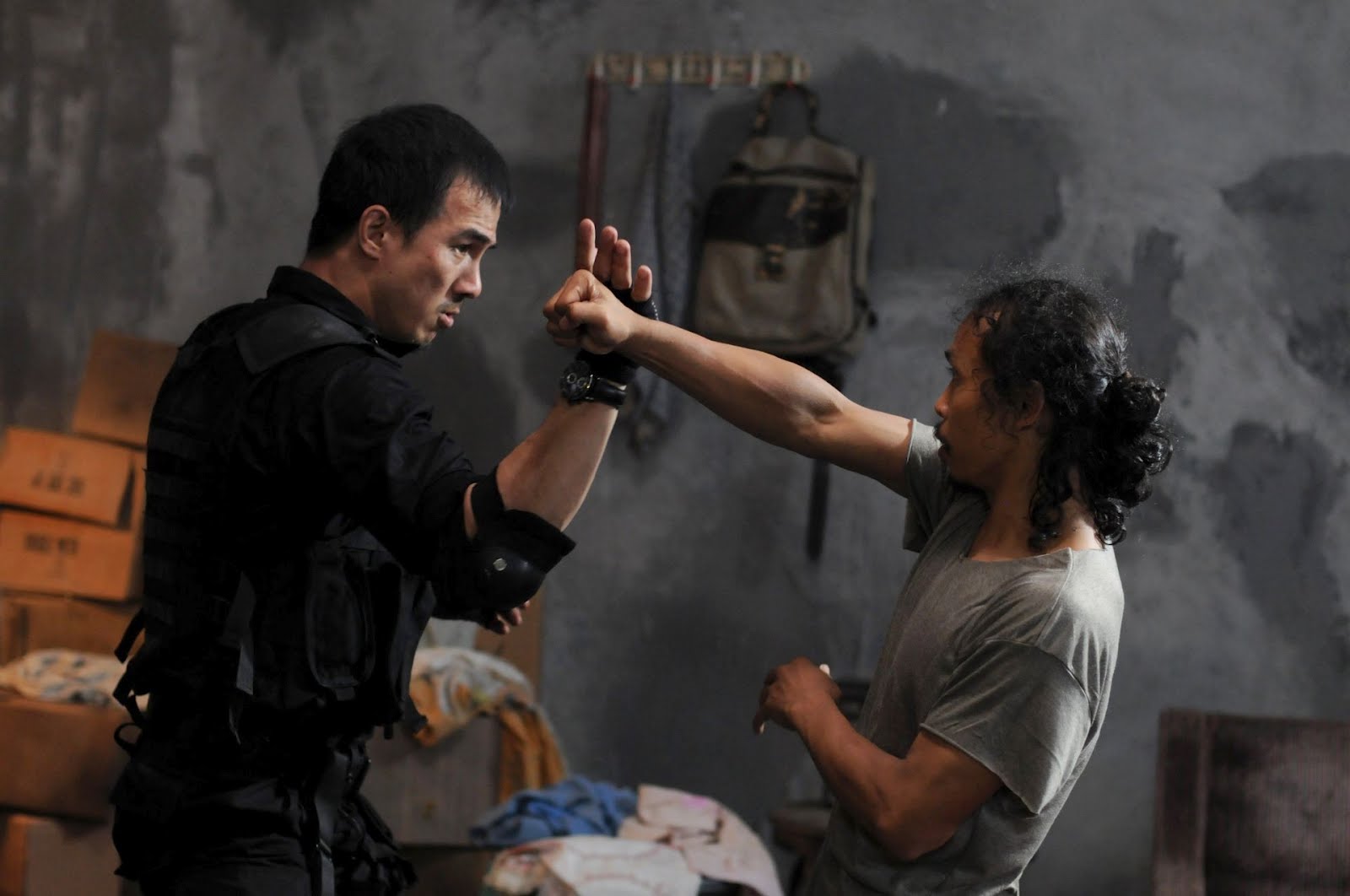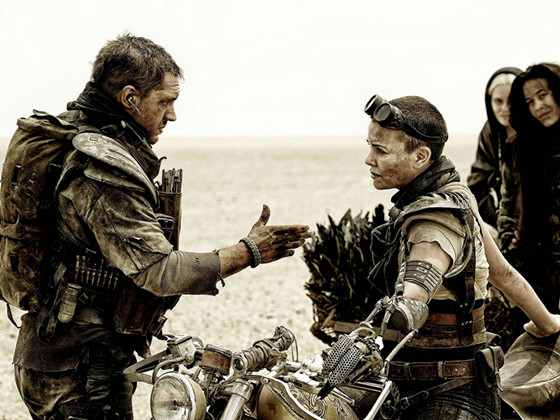10. Fast Five (Justin Lin, 2011)
There aren’t many franchises that get more and more successful with each new film. While the “Furious 7” broke records, I feel that many who latched onto the franchise later on, did so with the film’s fifth installment. I have no problem against that, since “Fast Five” is probably the best entry in the entire franchise, action-packed without taking itself too seriously.
The film not only features the star of the original film, but includes the stars of all the following sequels. Whack continuity aside (taking place before “The Fast and Furious: Tokyo Drift”), “Fast Five” treats the gang like a group of thieves reminiscent of Soderbergh’s “Ocean’s” films, just a more high-octane and non-serious.
The action sequences are loud and explosive, taking the vehicular mayhem to a level that’s ridiculous in all the right ways. It’s fun in a way that lesser entries in the series struggle to match. Joining the carnage is Dwayne “The Rock” Johnson, and fans have responded heavily to his inclusion in the series, even leading to talks regarding the character’s own spinoff.
It’s far from perfect, and the fight scene between Diesel and Johnson was admittedly sort of a letdown, but there’s a lot to enjoy with the stellar cast and the creative set pieces. The finale is absolute insanity that pretty much gives the finger to Rio and physics, opting instead to give audiences a memorable ride.
9. Ip Man (Wilson Yip, 2008) & Ip Man 2 (Wilson Yip, 2010)
While Donnie Yen and Wilson Yip delivered some solid action films prior to the “Ip Man” films (e.g. “SPL: Kill Zone” and “Flashpoint”), it wasn’t until they collaborated in bringing the legendary Wing Chun pioneer onscreen that audiences worldwide fell in love.
The first film is structured in two parts that seem odd, but actually works. There’s a pre-Japanese invasion that does all the character work (while teasing his abilities), and once they arrive, Yen and company unleash the lightning-fast punches that are associated with Wing Chun. It’s a great film with a lot of heart (and nationalism, if you’re into that sort of thing). The sequel adds the much welcomed presence of Sammo Hung (action director of both films), as he gets to have some fun as well.
The table-top sequence that pits Ip Man against the other masters is the film’s highlight, superbly choreographed while excellently shot. The Wing Chun in these films are exaggerated, but that doesn’t make it all the less exciting to see onscreen. The speed-ramp technique has definitely been used in other, recent films (e.g. “Once Upon A Time in Shanghai” or “The Raid 2”).
While the “Ip Man” films are nowhere near as culturally impactful in the west as something like “Crouching Tiger, Hidden Dragon” or “Hero,” the action and talent on screen has made this film an immediate recommendation for those wanting to see something a bit more recent and available.
8. 13 Assassins (Takashi Miike, 2010)
“13 Assassins” proves that gonzo director Takashi Miike is probably one of the best working filmmakers out there, if not the busiest. There’s a simplicity to “13 Assassins” that doesn’t reduce the film in any negative way. Instead, Miike is able to make a huge film regarding a pretty straightforward premise of a group of assassins hired to execute a villainous lord related to the shogun. The result is one of the best samurai action films of the 21st century.
“13 Assassins” is a film in three parts. The first part introduces our heroes and their mission, but more importantly, the villain. He’s such a bastard that the audience and the protagonists throw forgiveness right out the window and desire nothing but a painful demise. Then as both parties slowly build and converge during the film’s middle part, the third act is essentially an extended battle sequence that lasts over a half-hour.
What’s marvelous about that battle is that Miike keeps the long event interesting, coherent, and crazy violent. It’s where you see his print—flaming boars and all. The battle has several exciting bits, with a personal favorite being the moment you realize why all those swords were sticking out the wall. It gets a bit exhausting near the end, but in a good way.
A bloodbath with absolute investment and chaos, “13 Assassins” can be considered one of the better “modern” samurai films when compared to the nation’s absolute classics. It’s Miike at his absolute best.
7. Edge of Tomorrow (Doug Liman, 2014)
“Edge of Tomorrow” is an under-appreciated, sci-fi action blockbuster from last year. Based on the Japanese source material entitled “All You Need is Kill,” the film stars Tom Cruise and Emily Blunt as soldiers in the future who are losing a battle against an alien force, but get a slight edge when Cruise’s character gains the ability to reset the clock for one day when he’s killed, memories of his demise and all. It’s “Groundhog Day” with aliens and power suits.
Liman’s adaptation is exciting and fun in a lot of ways. Firstly, Cruise’s character dies repeatedly, in which some deaths are purposely meant for comedy, without losing purpose. The conceit is a great way to keep the action propulsive and paces the film extraordinarily well.
It’s repetitive, but hardly dull. It also makes sense on a storytelling level, since his character begins as a selfish and cowardly officer, but overtime, becomes the action star-level badass that fans have grown to see Cruise embody in past films. Personally, Emily Blunt is the highlight. She’s beautiful and deadly, commanding the scene even when shared with Cruise.
The battles themselves are unlike anything ever before. The big set piece(s) on the beach feel reminiscent to Spielberg’s opening sequence in “Saving Private Ryan,” but with aliens and future tech. Even though it’s heavy with CGI, the battle and aliens are rendered incredibly well that you buy what’s happening onscreen.
Cruise fans should love it, while Cruise haters will enjoy seeing the man get offed in several, at times hilarious ways. I’m thinking this one will eventually find an audience down the line, and become a cult classic in action sci-fi films.
6. Hot Fuzz (Edgar Wright, 2007)
The second entry in his unofficial “Cornetto Trilogy,” Edgar Wright’s sophomore feature is a parody of action cinema, while also being a unique entry into the genre itself. Taking a comedic approach to his narrative, Wright and company both pay homage and poke fun of all the tropes of the genre, before finally delivering the goods in an action-packed finale.
People have their favorites regarding Wright’s films, but that shouldn’t take away what makes “Hot Fuzz” great. Since it makes fun of a genre that’s at it’s best when propulsive, Wright crafts a tight film in which hardly any moment is wasted. The jokes might not land with everyone, but it doesn’t mean that scenes lack purpose.
I would be echoing all the critics and video that break down this film and Wright’s style if I went on to explain how he crafts jokes through his images. It’s a film that doesn’t take itself seriously, a major strength in the film. This was made by a fan for fans, and Wright has demonstrated with “Hot Fuzz” that action films don’t have to always be serious and dour.
5. Kill Bill: Vol. 1 (Quentin Tarantino, 2003) & Kill Bill: Vol 2 (Quentin Tarantino, 2004)
Tarantino’s “Kill Bill” films are love letters to Eastern action in their own unique way that still hold up after a decade. Packed with allusions, there’s always something new to discover (and rediscover) when watching either film, with each volume catering to a specific type of Eastern action film
The first entry is geared toward the classic—mostly samurai—films from Japan. Whether it may films by Toho, Toei, or Nikkatsu, Tarantino fills “Vol. 1” with so much easter eggs that repeat viewings are a must. In relation to the action, I don’t think Tarantino has topped what he did with the first entry. He and stuntwoman Zoe Bell came close with “Death Proof,” but the style and energy in the Bride’s (Uma Thurman) assault on O-Ren Isshii (Lucy Liu) moves in a way that’s stylish, kinetic and gloriously violent.
“Vol. 2” is more like a western, and that’s true in the present journey of the character. Yet, the backstory is told in wonderful reverence to the films of the Shaw Brothers and classic Kung-fu cinema. Master Killer himself—Gordon Liu—gets more than a bit part in the sequel, playing the legendary Master Pai Mei, the one responsible for the Bride’s deadly skills.
Those sequences are shot with the same energy and style as in the first film, while retaining it’s own, somewhat grittier look in certain sequences. It even delivers on the confrontation set-up between Daryl Hannah’s Elle Driver and Thurman’s Bride, resulting in a raging cat-fight within a dilapidated trailer.
There’s a high chance that if you’re reading this, you’ve probably seen these two films. They’re not only re-watchable, but are guides to many Eastern classics that one may not have seen. Like all of Tarantino’s films, they’re gateways into so much more.
4. Mission Impossible: Ghost Protocol (Brad Bird, 2011)
Making the switch from animation to live-action, director Brad Bird (“The Incredibles,” “The Iron Giant”) delivers the best entry in the “Mission Impossible” franchise. Bird’s installment is large, expansive, and fitting for the theater experience. It’s one of the few films that’s actually worth seeing in IMAX.
Bird not only used the actual cameras, but used it effectively. I’m talking specifically about the Dubai sequence. It’s one of the best sequences in recent memory, one so insane in scale that either the stunt man had to have been paid handsomely or was simply insane. Only it wasn’t a stuntman, but star Tom Cruise (arguably also insane).
I know I’ve said this about many other titles, but “Ghost Protocol” is great because it’s simply a fun action film. The stakes are present (nuclear annihilation), but no way loom over the film and characters to the extent that it makes the film a darker experience. In fact, several sequences are purposely funny, especially when Cruise and actor Simon Pegg share a scene.
“Ghost Protocol” takes elements of past films (e.g. gadgets, team dynamics, false identities) and literally plays with them in a way that feels fresh, but also familiar. It’s an action film for the whole family, and how many films can realistically considered as such?
3. Ong Bak: The Thai Warrior (Prachya Pinkaew, 2003)
I was watching MTV one day and I saw a commercial on television which featured the RZA walking to a street fight, telling the fighters and the audiences about this film called “Ong Bak: The Thai Warrior.” The commercial feels like a fever dream today, but I can definitely say that I’ll never forget the experience of watching “Ong Bak: The Thai Warrior.”
While I was a bit too young to have seen any peak Chan films in the theaters, my experience watching Tony Jaa for the first time sounded a lot like the reports of critics and audiences seeing “First Strike” or “Supercop” in theaters. It was a film that unified my audience. And it was fucking amazing.
At it’s worst, I’ve read Tony Jaa’s starring debut as a glorified demo reel, and I wouldn’t be surprised if he shopped scenes from that film when he was starting out. Despite the lesser sequels that followed (not to mention his personal trouble with Thailand’s industry), “Ong Bak: The Thai Warrior” tells a familiar tale of a young man traveling far from home on a mission, one that’ll have him use his skills and training to get the job done.
Jaa is simply amazing, and Pinkaew shoots and stages the action for maximum clarity. He even repeats shots to further show audiences that there were no wires, and that it’s really Jaa risking injury in several moments. In terms of modern martial-arts action, “Ong Bak” is a near-classic. Recently, Jaa is somewhat in the right track of recapturing the magic of both “Ong Bak” and “The Protector.”
Thailand’s martial-arts cinema has to be praised for going all the way with the action, unafraid to show full contact between the performers and stunt people. Yet, for every awesome film (“BKO: Bangkok Knockout,” “Chocolate,” “Born to Fight”), there are some surefire duds (“Ong Bak 3,” “Raging Phoenix,” “The Protector 2”).
Still, that’s not stopping modern action filmmakers in using Thailand’s resources (and bodies) for their movies. None of that would’ve probably happened if it weren’t for “Ong Bak: The Thai Warrior.”
2. The Raid: Redemption (Gareth Evans, 2012) & The Raid 2 (Gareth Evans, 2014)
While “Ong Bak: The Thai Warrior” was the first international film in which I was truly in sync with an audience in the theater, Evans’s “Raid” films topped that initial experience. Twice.
As a filmmaker, Evans is a student of Eastern action, specifically that of John Woo and Jacki Chan. With a passion and affinity for the material, one can’t help but see shades of it in these two films. The behind-the-scenes not only convey that respect, but the production behind both “Raid” films are incredibly inspiring when it’s revealed how they pulled off some of the shots.
The first entry is a solid action film that’s simple, streamlined, and absolutely fun to watch. The conceit isn’t wholly original, but the execution is unlike anything ever. It’s one location scenario cleverly takes what starts as a familiar shoot-em-up action film into a fast and energetic martial-arts film, introducing the world to the Indonesian martial-arts of Pencak Silat.
“The Raid 2” is what a sequel should be: bigger, badder, and expanding on what made the first film such a success. While some might complain about the pacing when outside the action, the story actually works without error, deepening the loose mythology set-up by the first film. But Evans and his team elevate the action to incredibly heights, succeeding wholeheartedly.
Not only do the fights outshine most of what happens in the original, but the sequel has one of the best large-scale brawls and car-chase sequences in recent years. The latter might be small compared to Hollywood’s attempts, but the creativity in the filmmaking is simply inspiring.
Along with Evans, the two films wouldn’t work without the stars and choreographers: Iko Uwais and Yayan Ruhian. Both masters of silat, the pair are responsible for delivering some of the best fight sequences in recent years. Definitely check out their underrated debut, “Merantau.” They were so impressive that audiences unfamiliar with these men will finally get to see them in the next “Star Wars” film.
As little as a month ago, these films would’ve taken the top spot on this list. However, even Evans himself admits that he’s been taken to school with the number one pick.
1. Mad Max: Fury Road (Geoge Miller, 2015)
All hail George Miller! At 70, he returns to his franchise after three decades and delivers the best action film to grace the screen. A lot has already been said and written regarding the success of “Mad Max: Fury Road” that it’ll be tiresome to go over every single thing that makes this the best action film of the 21st century. But I’ll attempt to go over some of the highlights.
The action itself is a much welcomed return to practical filmmaking, since most of the vehicles were real and operated by professional stunt drivers. While there is some green screen and CGI in the film as well, it’s hard to get bogged down by that after seeing bikers getting flipped off their bike mid-jump.
It’s shot with absolute clarity and purpose, maximizing the effect of each crash and explosion to wow audiences in the cinema. It’s also edited in a way that doesn’t feel slow, providing an energy that many have said could’ve come from a hungry, young director.
While Tom Hardy’s take on the title character is crazy and different from Gibson’s portrayal of the character, the true star and protagonist of this film is Charlize Theron’s Furiosa. Her character is fierce, determined, and an utter badass that seemingly feels one-note at the start, but the film slowly reveals more about her character and motivations as things pile on. Miller does this with dialogue, but he also conveys it through the character’s actions.
In fact, there are long stretches of the film that’s without dialogue, in which Miller simply lets the visuals tell the story. I’m holding off on specific examples, since the film is still quite new and I want to avoid spoilers, but lets just say you immediately get what’s happening based on Miller’s visuals.
In echoing several critics and filmmakers online, Miller has set the bar for future action films to match. In a dark timeline, Hollywood would only churn out post-apocalyptic car movies based on the success of this film. However, this can set the stage for future action films to be smart, fun, progressive, and remind audiences why they go see films on the big screen.
By the time you’re reading this article, I have probably seen this about four times (seen it three times, expecting one more after completion). If you haven’t seen this film, but are a fan of action cinema then do yourself a favor and go see “Mad Max: Fury Road” immediately.
Author Bio: Hanajun Chung is a geek and struggling writer. Once he got his degree, he found work mainly in post-production. But after studying journalism, he gained a newfound appreciation in writing about the things he loves, such as action flicks and South Korean cinema.
